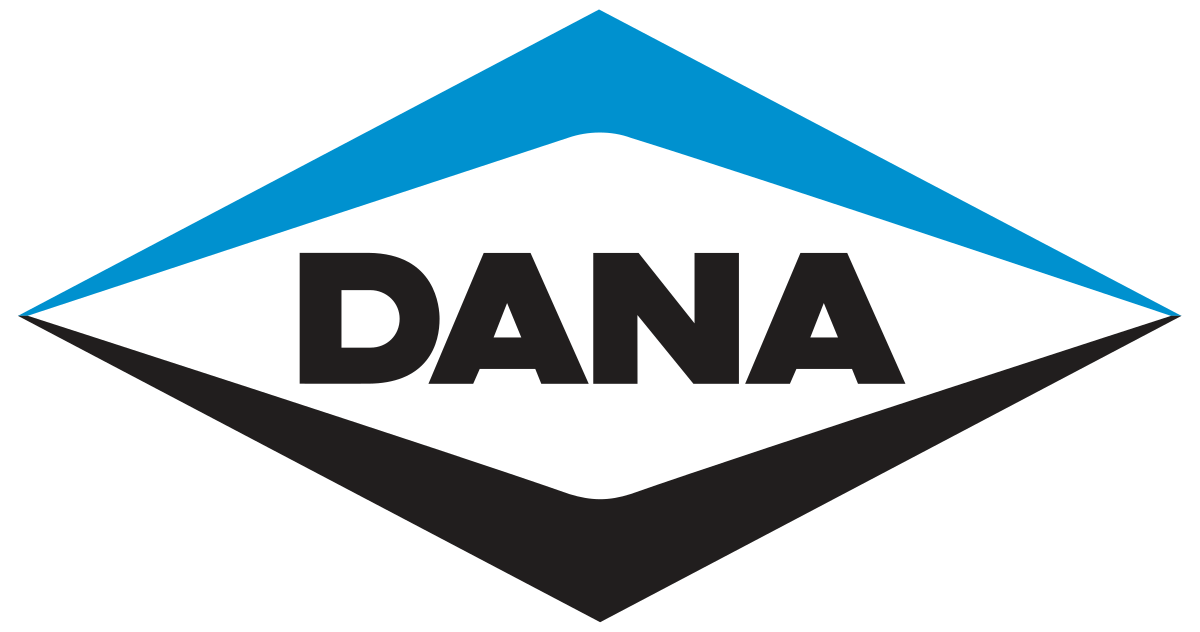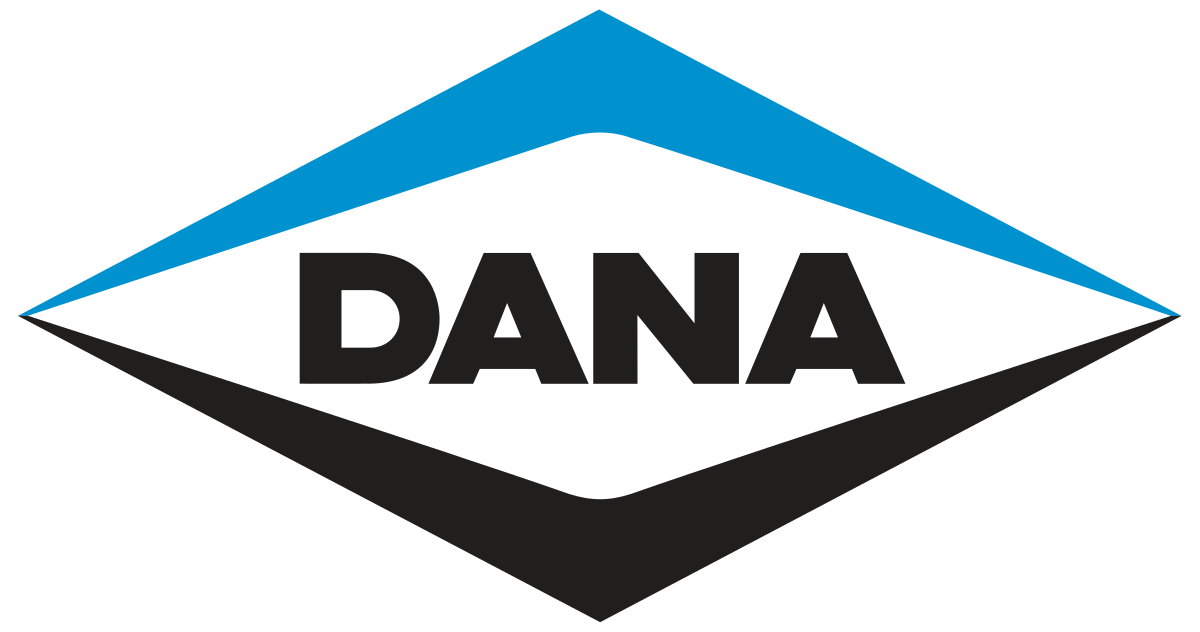Dana Incorporated Shares Lost 11% Since Q4 Report

Dana Incorporated (NYSE:DAN) shares lost around 11% since Tuesday’s close following the company’s worse-than-expected Q4 results. Quarterly EPS came in at $0.18, missing the Street estimate of $0.21, while revenue of $2.27 billion was slightly better than the Street estimate of $2.17 billion.
According to the analysts at Deutsche Bank, the company’s soft 2022 margin guidance despite solid expected top-line growth reflects steep pressure from cost inflation and EV investments, consistent with the outlook outlined by most auto suppliers this season.
However, unlike most of its peers, the company’s outlook assumes moderation in commodities pricing later in 2022, and embeds a small net tailwind from raw materials.
The analysts lowered their 2022 Revenue/EBITDA estimates from $9.70 billion/$1 billion to $9.83 billion/$917 million (9.3% margin vs. 10.3% prior), and EPS from $2.80 to $2.15, towards the low-end of company guidance, to reflect expected cost headwinds.
| Symbol | Price | %chg |
|---|---|---|
| ASII.JK | 6425 | 0 |
| MASA.JK | 6200 | 0 |
| 012330.KS | 290000 | 0 |
| AUTO.JK | 2710 | 0 |

Dana Incorporated (NYSE: DAN) Quarterly Earnings Overview
- Price-to-Sales (P/S) Ratio: Approximately 0.24, suggesting the stock may be undervalued relative to revenue, appealing to value investors.
- Enterprise Value-to-Sales (EV/S) Ratio: Approximately 0.50, indicating a moderate valuation when factoring in debt and cash.
- Debt-to-Equity (D/E) Ratio: Approximately 2.23, reflecting significant debt reliance, which poses risks but is mitigated by strategic debt reduction efforts post-divestiture.
- Current Ratio: Approximately 1.43, indicating sufficient liquidity to meet short-term obligations.
- Price-to-Earnings (P/E) Ratio: A negative P/E ratio of -68.68 reflects current losses, driven by the pre-tax loss in Q2. However, adjusted earnings metrics and future guidance suggest potential for recovery.

Dana Incorporated (NYSE:DAN) Quarterly Earnings Preview
- Projected Earnings: Analysts predict an EPS of $0.40 and revenue of approximately $2.55 billion.
- Financial Health Indicators: Debt-to-equity ratio of 2.23 and a current ratio of 1.43, highlighting potential risks and liquidity levels.
Dana Incorporated (NYSE:DAN) is set to release its quarterly earnings on Wednesday, July 30, 2025. Analysts on Wall Street predict earnings per share (EPS) of $0.40 and project revenue to be around $2.55 billion. Dana, a key player in the automotive industry, specializes in providing power-conveyance and energy-management solutions for vehicles. The company's performance in this quarter is crucial, as it could impact its stock price significantly.
Dana's revenue for the quarter is expected to be approximately $2.55 billion, but there is an anticipated decline in revenues. The price-to-sales ratio of 0.24 indicates that the stock is valued at 24 cents for every dollar of sales, which might be attractive to some investors. Additionally, the enterprise value to sales ratio of 0.50 shows the company's total valuation relative to its sales, providing insight into its market position.
The company's financial health is also highlighted by its debt-to-equity ratio of 2.23, indicating that Dana uses more than twice as much debt as equity to finance its assets. This high level of debt could pose risks, but the current ratio of 1.43 suggests that Dana has a reasonable level of liquidity to cover its short-term liabilities. Investors will be keen to hear management's discussion during the earnings call, as it will provide insights into the sustainability of any immediate price changes and future earnings projections.
Dana's enterprise value to operating cash flow ratio of 9.61 indicates how many times the operating cash flow can cover the enterprise value. This ratio provides a measure of the company's ability to generate cash flow relative to its valuation. As Dana prepares to release its earnings, investors will closely monitor these financial metrics to assess the company's performance and potential for future growth.

Dana Shares Plummet 17% Following Q4 Report
Dana Incorporated (NYSE:DAN) shares plunged more than 17% on Tuesday after the company reported its Q4 results, with EPS of ($0.10) coming in worse than the Street estimate of $0.24. Revenue was $2.56 billion, above the Street estimate of $2.51 billion.
The company expects fiscal 2023 EPS to be in the range of $0.25-$0.75, compared to the Street estimate of $0.73. Full-year revenue is expected in the range of $10.35-10.85 billion, versus the Street estimate of $10.11 billion.
According to the analysts at Deutsche Bank, the strong negative reaction to the company’s earnings announcement reflects not only the weaker margin outlook for 2023 but also investors’ realization that net inflationary costs and heightened EV spending could drag on profitability and free cash flow at least until mid-decade.
The company’s newly initiated 2023 guidance and mid-decade target call for an EBITDA margin range of 7.2%-7.8% and approximately 9%, respectively, which are significantly below the previous 12% mid-term margin target issued in 2019.

Dana Shares Plummet 17% Following Q4 Report
Dana Incorporated (NYSE:DAN) shares plunged more than 17% on Tuesday after the company reported its Q4 results, with EPS of ($0.10) coming in worse than the Street estimate of $0.24. Revenue was $2.56 billion, above the Street estimate of $2.51 billion.
The company expects fiscal 2023 EPS to be in the range of $0.25-$0.75, compared to the Street estimate of $0.73. Full-year revenue is expected in the range of $10.35-10.85 billion, versus the Street estimate of $10.11 billion.
According to the analysts at Deutsche Bank, the strong negative reaction to the company’s earnings announcement reflects not only the weaker margin outlook for 2023 but also investors’ realization that net inflationary costs and heightened EV spending could drag on profitability and free cash flow at least until mid-decade.
The company’s newly initiated 2023 guidance and mid-decade target call for an EBITDA margin range of 7.2%-7.8% and approximately 9%, respectively, which are significantly below the previous 12% mid-term margin target issued in 2019.

Dana Incorporated Shares Lost 11% Since Q4 Report
Dana Incorporated (NYSE:DAN) shares lost around 11% since Tuesday’s close following the company’s worse-than-expected Q4 results. Quarterly EPS came in at $0.18, missing the Street estimate of $0.21, while revenue of $2.27 billion was slightly better than the Street estimate of $2.17 billion.
According to the analysts at Deutsche Bank, the company’s soft 2022 margin guidance despite solid expected top-line growth reflects steep pressure from cost inflation and EV investments, consistent with the outlook outlined by most auto suppliers this season.
However, unlike most of its peers, the company’s outlook assumes moderation in commodities pricing later in 2022, and embeds a small net tailwind from raw materials.
The analysts lowered their 2022 Revenue/EBITDA estimates from $9.70 billion/$1 billion to $9.83 billion/$917 million (9.3% margin vs. 10.3% prior), and EPS from $2.80 to $2.15, towards the low-end of company guidance, to reflect expected cost headwinds.







